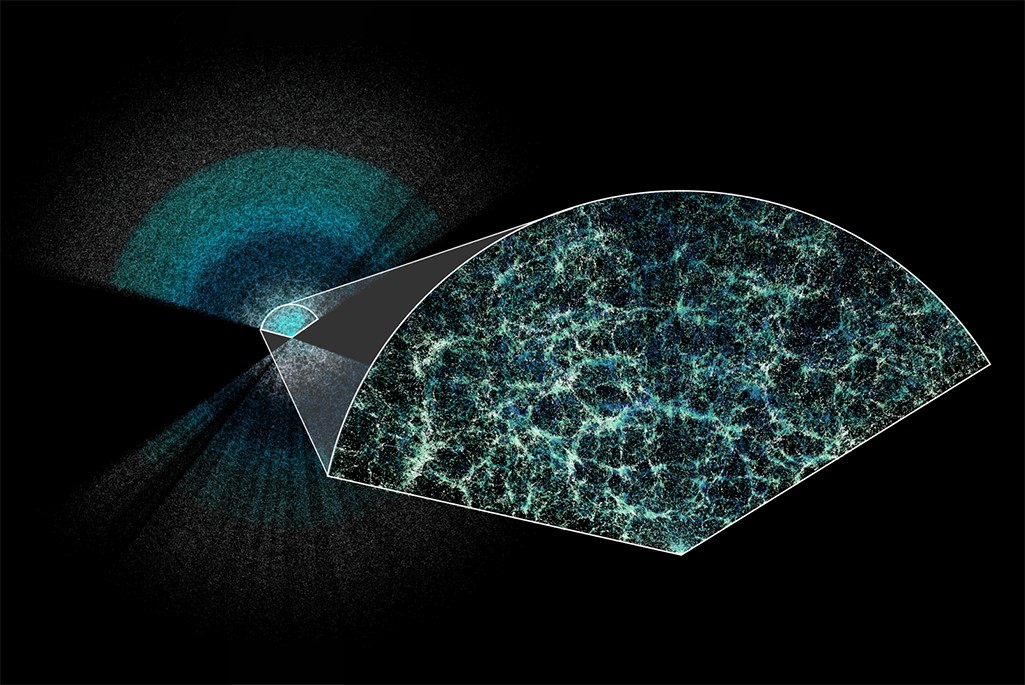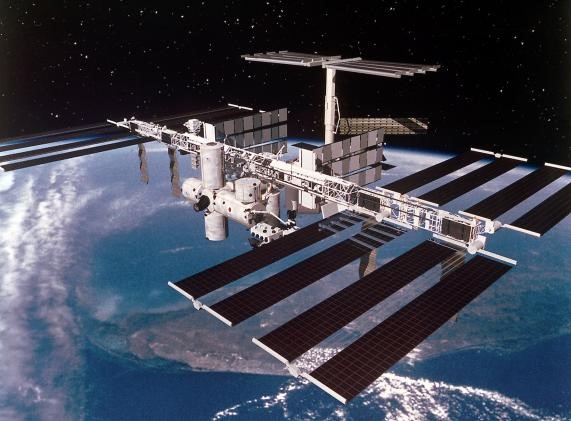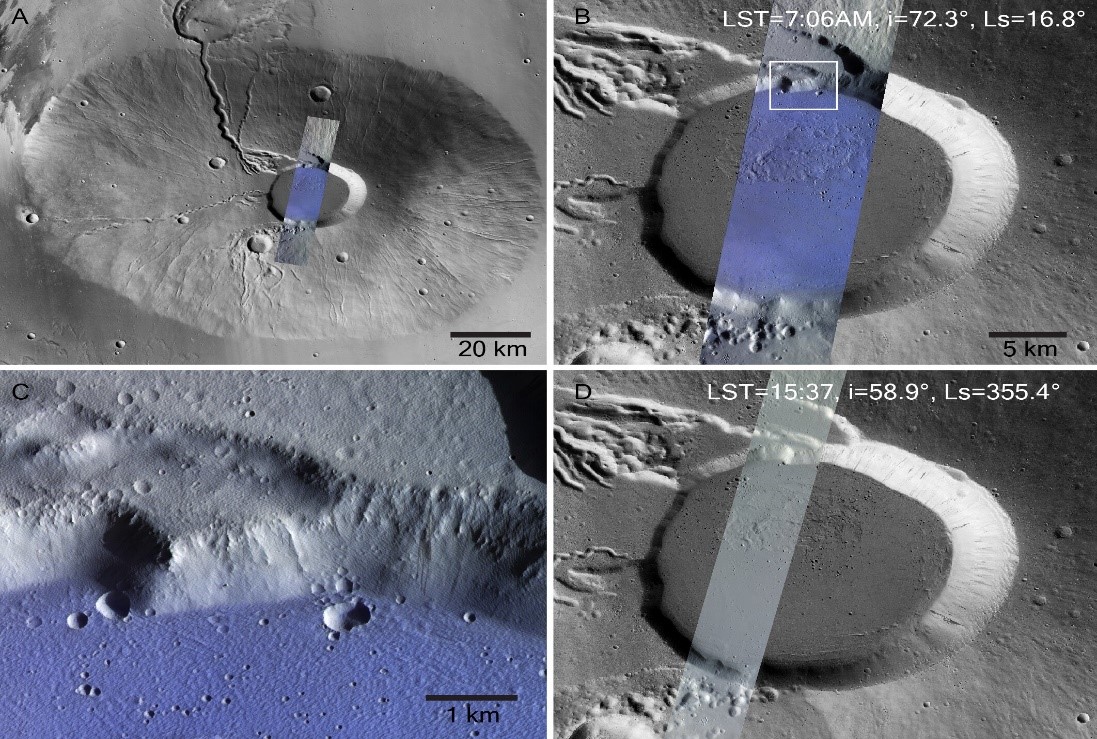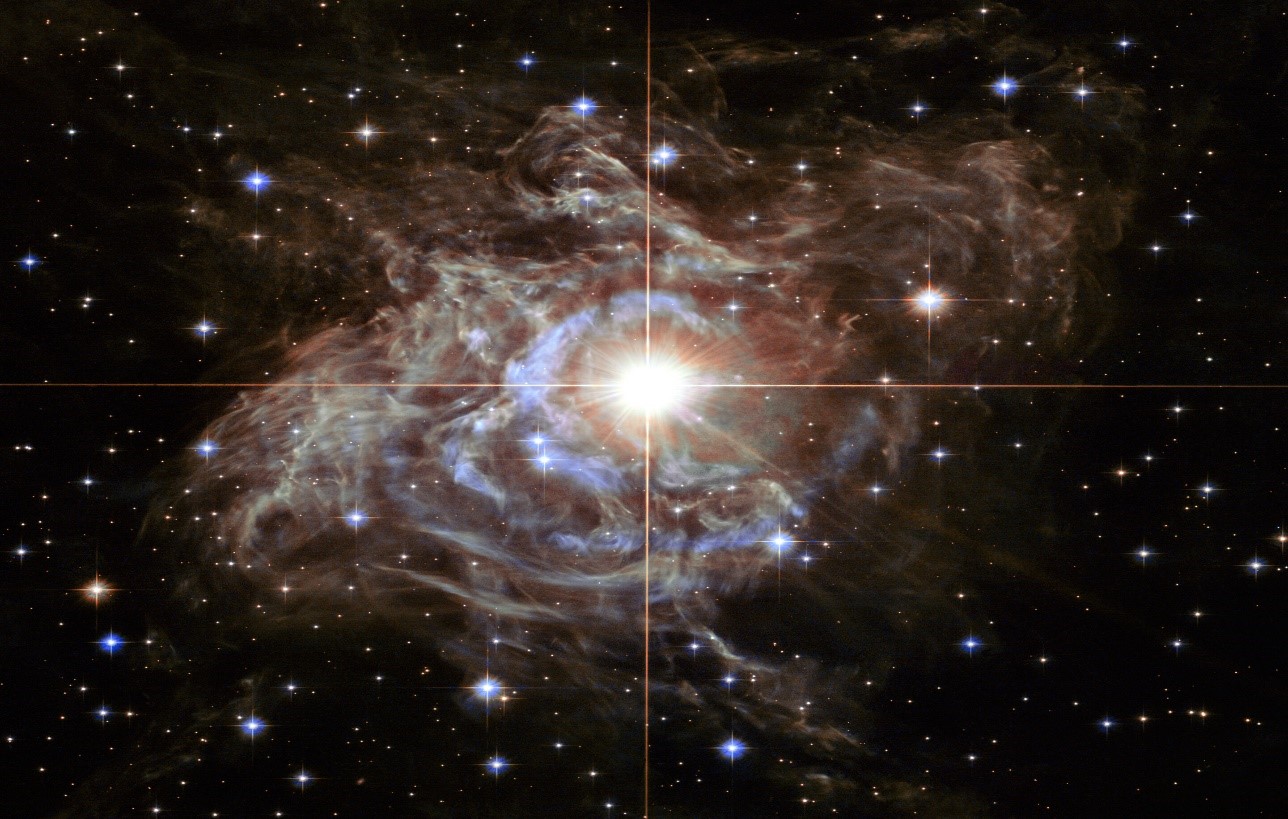Exploring the Depths of Space with the SpaceHopper Project
Embarking on a journey of innovation and discovery, the SpaceHopper project, initiated by a group of dedicated ETH Zurich students, has evolved from its inception as an ETH focus project for Bachelor’s degree students to become a cornerstone of ongoing research. Now led by a team comprising five Master’s degree students and one doctoral student, this ambitious endeavor seeks to develop a groundbreaking robot capable of navigating the unique challenges posed by very low gravity environments through a jumping-like mode of locomotion.
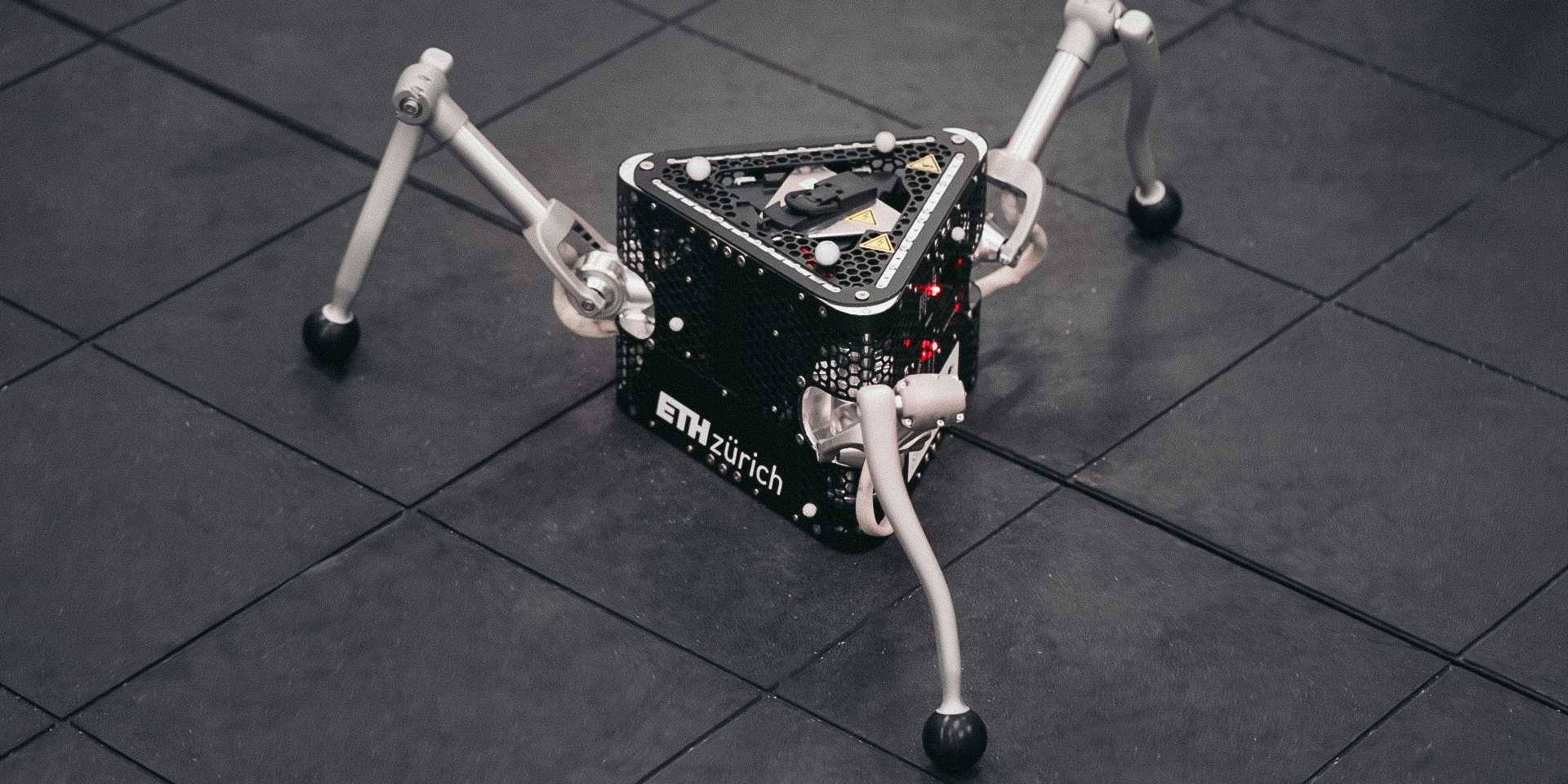
Figure 1. The SpaceHopper. (Credit: Dominik Lindegger)
Figure 1 shows the SpaceHopper. The ultimate objective of the SpaceHopper project extends far beyond terrestrial boundaries, envisioning the deployment of its revolutionary robot on space missions to explore celestial bodies of relatively diminutive proportions, such as asteroids and moons [1]. These cosmic entities hold within them the promise of invaluable mineral resources that could one day prove instrumental in advancing humanity’s technological capabilities and sustaining our civilization's growth. Moreover, the exploration of these celestial bodies promises to unveil profound insights into the formation and evolution of our universe, offering a glimpse into the cosmic processes that have shaped the cosmos we inhabit.
Central to the SpaceHopper project's mission is overcoming the formidable obstacle posed by the exceedingly low gravity prevalent on these small celestial bodies, a stark departure from the familiar gravitational pull experienced on Earth [1]. To confront this challenge head-on, the researchers have embarked on a rigorous program of experimentation and testing, including simulated zero-gravity scenarios conducted during European Space Agency parabolic flights. These endeavors represent crucial steps towards refining the capabilities of the SpaceHopper robot, ensuring its readiness to navigate the cosmic expanse and unlock the mysteries hidden within the far reaches of our solar system and beyond [2].
As the SpaceHopper project continues to push the boundaries of innovation and exploration, it stands as a testament to the boundless ingenuity and relentless pursuit of knowledge that characterize humanity's quest to unravel the secrets of the cosmos [2]. With each leap forward, the SpaceHopper project brings us closer to a future where the wonders of space are within our grasp, offering endless opportunities for discovery and advancement on the celestial stage.
Source: ETH Zurich
References:
- https://newatlas.com/robotics/spacehopper-asteroid-hopping-robot/
- https://www.space.com/spacehopper-robot-explore-asteroids-zero-gravity
Cite this article:
Hana M (2024), Exploring the Depths of Space with the SpaceHopper Project, AnaTechMaz, pp. 17







